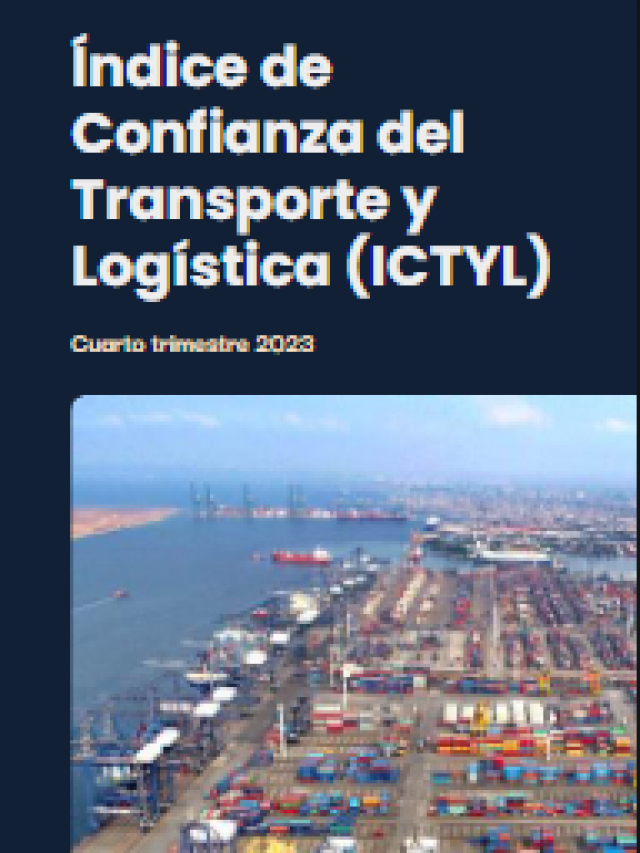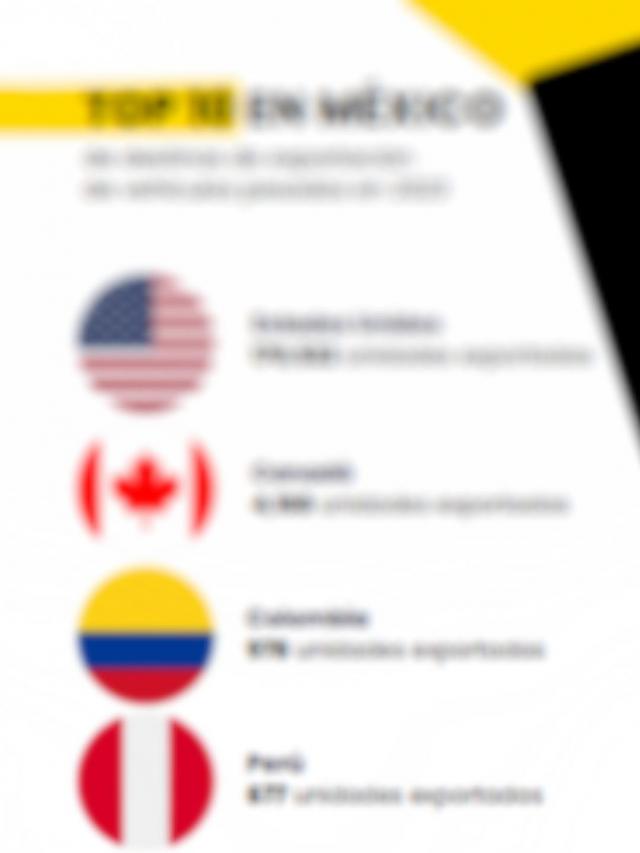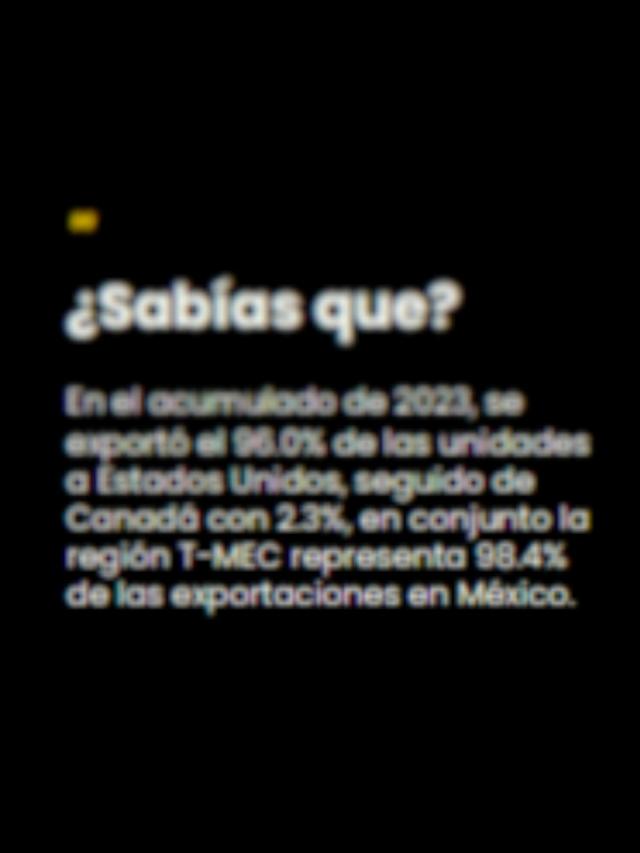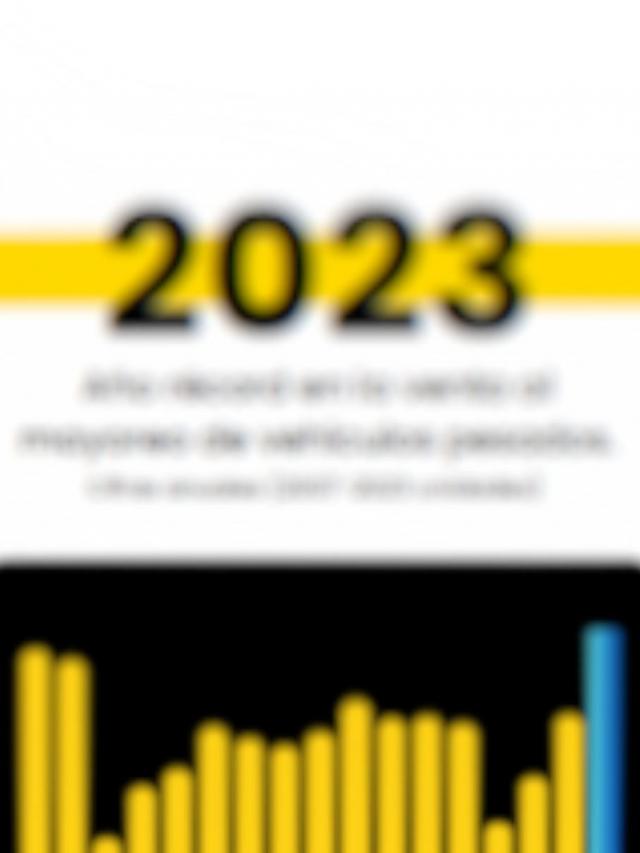
Due to a complicated external environment, driven by various factors such as the escalation of U.S. tariffs on imported products, the World Bank (WB) lowered its economic growth forecast for Mexico from 1.5% to 0% for this year.
In its Economic Report for Latin America and the Caribbean , the institution estimated that the country’s Gross Domestic Product (GDP) will grow by 1.1% in 2026 and 1.8% in 2027.
The United States’ tariff policy, which has led to a tariff war, will also affect the relocation of production lines in Mexico ( nearshoring ), the World Bank predicted in its report.
“The apparent U.S. shift toward higher tariffs casts uncertainty over the nearshoring project , the practice of moving overseas operations to nearby or friendly countries, and access to global markets in general,” the report emphasized.
It is worth remembering that on April 2, Donald Trump , President of the United States, announced a series of reciprocal tariffs that would be applied to products entering the United States from several countries; however, on April 9, the American president paused the tariffs for 90 days .
Although Mexico is not currently subject to this measure, its northern neighbor does charge the country 25% tariffs on vehicles imported from Mexico, as well as a similar rate on steel and aluminum.
The World Bank indicated that in 2024, Latin America was one of the regions with the lowest growth in the world, “reflecting the continued convergence of potential output in Mexico and the adjustment process in Argentina.”
In Mexico, public investment contributed to the expansion of aggregate investment and output growth during 2023, but as it lost momentum during 2024, this stimulus weakened, he noted.
Despite the downward projection for the Mexican economy, the World Bank highlighted that the country accelerated poverty reduction , largely due to the improved labor market.
In the case of Latin America and the Caribbean , the report forecasts growth of 2.1% this year and 2.4% in 2026, making it the region with the lowest growth globally, due to low investment , high debt and a changing external environment, which represents an obstacle to the development of the area.
The World Bank’s forecasts echo those of the International Monetary Fund (IMF) , which estimated a 0.3% contraction in Mexico’s GDP, which could lead to a recession this year.
In its World Economic Outlook report , the IMF said Mexico will be one of the nations hardest hit by the impact of Trump’s tariffs.
In response, Mexican President Claudia Sheinbaum has questioned the economic forecasts of the World Bank and the IMF, pointing out that their models do not take into account the impact of Plan Mexico or recent investments.
Comment and follow us on X: @GrupoT21















